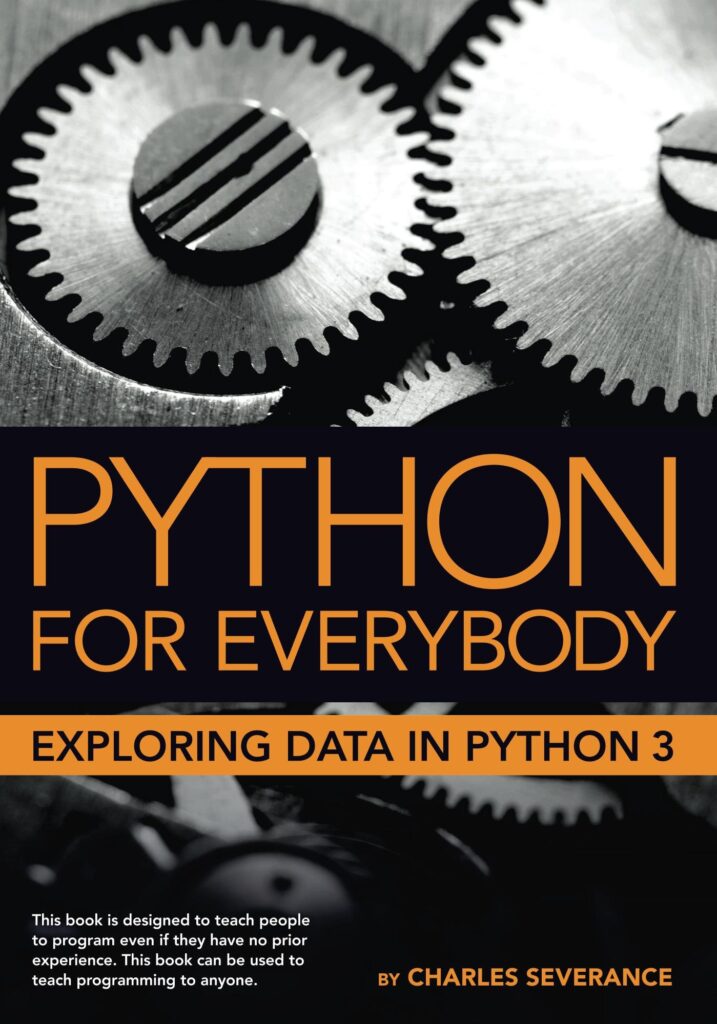
Sustainable energy, also known as renewable energy, is a hot topic in today’s world as we strive to reduce our reliance on fossil fuels and mitigate the effects of climate change. Python, a versatile programming language, can be used to analyze data related to sustainable energy and gain insights into power generation, consumption, and environmental impacts.
In this tutorial, we will explore how Python can be used in data analysis for sustainable energy projects. We will cover concepts such as data acquisition, data preprocessing, exploratory data analysis, and visualizations. Let’s dive in!
Data Acquisition
The first step in any data analysis project is acquiring the relevant data. In the context of sustainable energy, we might be interested in obtaining data on power generation from renewable sources, energy consumption patterns, or environmental factors affecting energy production.
There are several ways to acquire data for analysis:
- Many organizations provide APIs to access their data. For example, we can use the Open Energy Data API to retrieve information about renewable energy generation.
- Data can also be obtained in the form of CSV or Excel files. These files can be downloaded and imported into Python using libraries such as Pandas.
- If the data is not available through APIs or downloadable files, we can use web scraping techniques to extract the required information from websites. Libraries like BeautifulSoup can assist in this process.
Data Preprocessing
Once we have obtained the data, it is essential to preprocess it before performing any analysis. Data preprocessing involves cleaning, transforming, and structuring the data to make it suitable for analysis.
Some common data preprocessing tasks for sustainable energy data include:
- This involves removing any duplicate entries, handling missing values, and correcting any inconsistencies in the data.
- Data transformation involves converting the data into a suitable format for analysis. For example, dates might need to be formatted properly, and units might need to be converted.
- In some cases, we might need to aggregate the data to a different time resolution or combine it with other datasets to derive meaningful insights.
Python’s Pandas library provides powerful tools for data preprocessing, making tasks like cleaning, transforming, and aggregating data relatively straightforward. Let’s take a look at some code examples.
import pandas as pd
# Read CSV file
data = pd.read_csv('energy_generation.csv')
# Clean data
data = data.drop_duplicates()
data = data.dropna()
# Transform data
data['date'] = pd.to_datetime(data['date'])
data['generation'] = data['generation'] * 1000
# Aggregate data
monthly_data = data.resample('M', on='date')['generation'].sum()
Exploratory Data Analysis
Exploratory Data Analysis (EDA) is an important step in understanding the data and identifying patterns, trends, and relationships. EDA helps us form hypotheses and guide further analysis.
In sustainable energy data analysis, EDA may involve:
- Summarizing the data using measures such as mean, median, standard deviation, and correlation coefficients.
- Creating plots and charts to visualize the data and identify patterns or outliers.
- Testing assumptions and hypotheses about the data using statistical tests.
Python provides libraries such as Matplotlib and Seaborn for data visualization, as well as a wide range of statistical analysis tools through libraries like Scipy and Statsmodels.
import matplotlib.pyplot as plt
# Descriptive statistics
mean_generation = data['generation'].mean()
correlation = data[['generation', 'temperature']].corr()
# Line plot
plt.plot(data['date'], data['generation'])
plt.xlabel('Date')
plt.ylabel('Generation')
plt.title('Energy Generation Over Time')
plt.show()
In this tutorial, we have explored how Python can be used for data analysis in the context of sustainable energy. We began by discussing data acquisition techniques and then moved on to data preprocessing, including cleaning, transforming, and aggregating the data. Finally, we touched on exploratory data analysis, which involves understanding the data and forming hypotheses for further analysis.
Python provides powerful libraries such as Pandas, Matplotlib, and Seaborn that facilitate data analysis and visualization. By using these tools, we can gain insights into sustainable energy projects and contribute to the shift towards a cleaner and more sustainable future.
So, go ahead and start exploring sustainable energy data with Python!
Keywords: sustainable energy, renewables, data
Source: https://www.plcourses.com/python-and-sustainable-energy-data-analysis/





